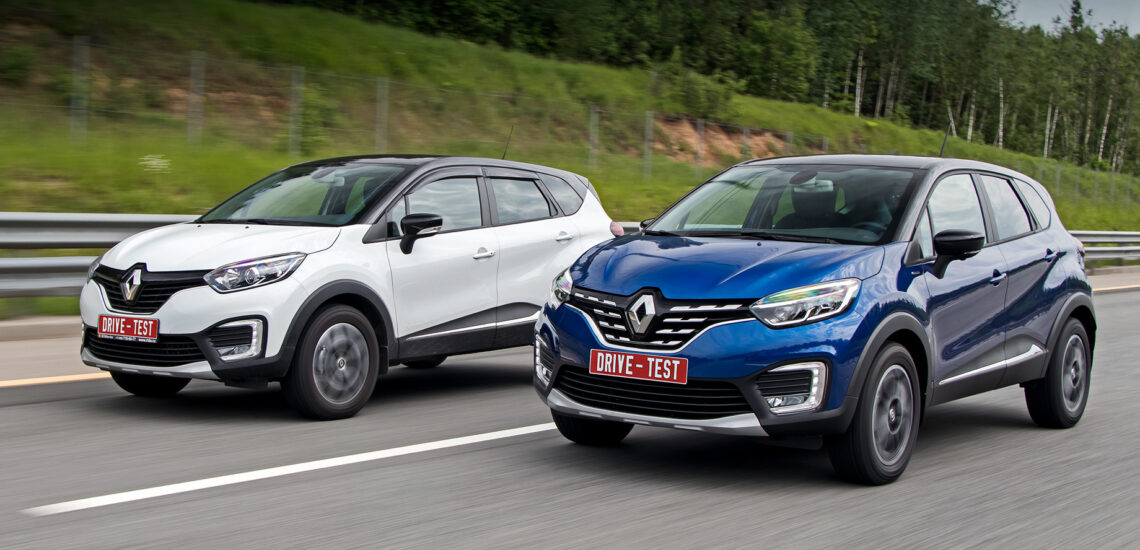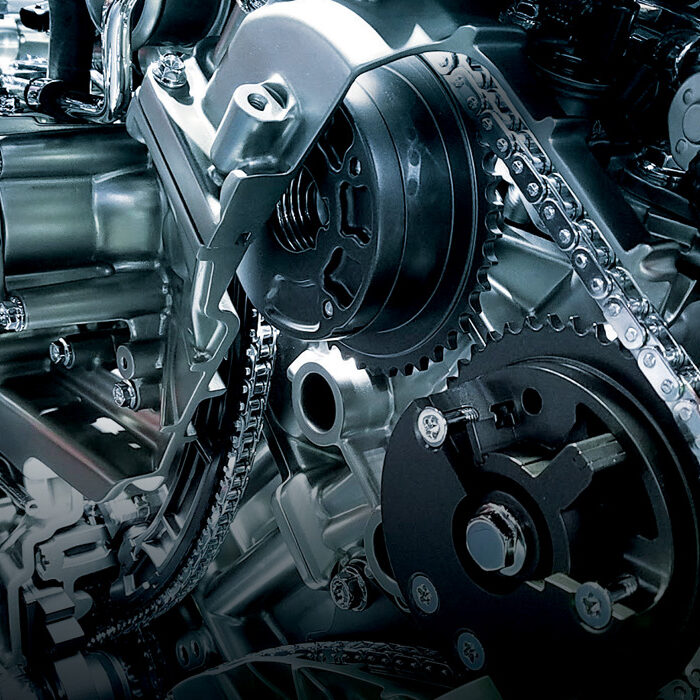Era sabido desde o lançamento do Arkana que, depois dele, o Renault Kaptur passaria para uma plataforma atualizada que os relacionaria com o próximo Duster. No caso do Kaptur, não havia preconceito de direção. O chassi adaptado manteve sua suavidade característica, o que é confirmado por uma comparação com o crossover pré-reforma. Propõe-se levar sua família ao teste. Mas eu tirei meu colega que conhece bem o Kaptur do trabalho de engenharia na Renault. E mais dois lugares previstos pela cota são ocupados pela equipe de filmagem.
Antes de publicar o artigo, decidimos coletar as perguntas do público e fazer uma anotação mais completa. Mas não há dúvidas: os comentaristas simplesmente amaldiçoam a nova unidade de potência do Kaptur de topo — um motor turbo de 1,33 de 150 cavalos com variador. Eles juram que esse pacote supostamente não será tão confiável quanto o 2.0 atmosférico emparelhado com a transmissão automática.

Vamos conversar no final do teste Kaptur de um ano inteiro. É a primeira vez que recebemos um carro há tanto tempo e não vamos desperdiçá-lo. Acho que um ano em nosso serviço passará como três nas mãos de um proprietário comum e cuidadoso. Ou até mesmo cinco. Se a transmissão continuamente variável for realmente um local tão delicado, ela será descoberta rapidamente. Enquanto isso, vejo apenas os prós – ficou mais fácil controlar o Kaptur.
O pré-estilo chegou até mim alguns dias antes do teste e consegui queimar um tanque inteiro, refrescando minha memória. A transmissão automática de quatro marchas não difere na velocidade de mudança ou na linearidade das respostas — um variador moderno fornece um controle de tração mais preciso. O motor turbo tem visivelmente mais energia (250 Nm em vez de 195 do atmosférico) e a faixa de operação é maior. A segunda vitória em aceleração a 60 milhas/h não é a demonstração mais eloquente de superioridade da versão de 150 TCe. É visivelmente mais fácil para o Kaptur atualizado acelerar em movimento e ultrapassar.
Em combinação com um volante mais leve, bem livre de vibrações, a nova unidade de potência dá a impressão geral de um carro mais responsivo e confortável no dia a dia. O interior modificado é muito mais ergonômico, embora a qualidade dos materiais de acabamento ainda deixe muito a desejar. Mesmo que o Kaptur tenha perdido alguma coisa, é uma pequena parte da suspensão onívora: o limite de velocidade para superar lombadas sem dor diminuiu ligeiramente. No antigo, mesmo 37 milhas/h não são fatais, enquanto o nervosismo do novo faz com que você diminua a velocidade para 31.
No entanto, ainda é um carro muito confortável em uma estrada ruim. O Kaptur nos permite falar sobre um funcionamento suave naquela estrada rural, onde, digamos, o Arkana, preso por uma questão de direção, funciona apenas com intensidade de potência. Para um carro com um centro de massa alto, o manuseio do Kaptur não é ruim, as rotações são moderadas, a oscilação de baixa frequência em uma onda longa é reduzida em comparação com o carro de dois litros.
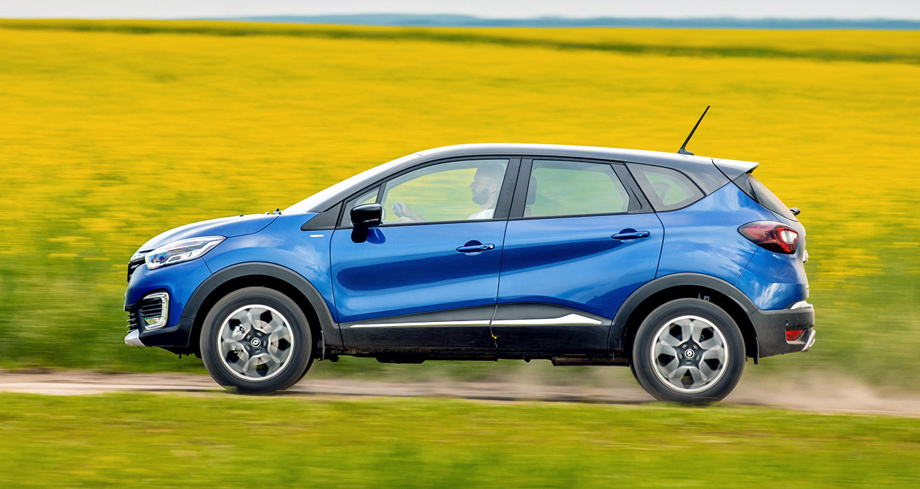
Ao mesmo tempo, o novato em rodas de 17 polegadas coleta um pouco mais pequenas rachaduras no asfalto e treme em uma onda curta. Mas isso é mais do que compensado pelo fato de que quase nenhum efeito parasitário é transmitido ao volante. No início, o baixo nível de força sobre ele é confuso em alta velocidade. Arcos suaves em uma rodovia exigem uma direção de busca. Você não está procurando uma trajetória, mas uma resposta. Mas durante o dia, as mãos se acostumam com isso – e o volante de um velho Kaptur tão estável já parece desnecessariamente sobrecarregado.
No entanto, ainda vale a pena trabalhar nas configurações do amplificador elétrico. Fornecer uma posição zero mais distinta e uma carga adequada com um torque de retorno em altas forças laterais. Agora, o efeito da reação quase não muda, quer você entre no arco com calma ou muito ocupado. No entanto, isso não importa para o comprador médio do Kaptur. O principal é que agora você pode estacionar seu carro com dois dedos.
Mas não escolhemos a rota off-road certa: os dois Kapturs lidam com uma trilha lamacenta fragmentada sem a menor dificuldade. Além disso, é mais fácil enfrentar o chão no crossover atualizado, onde o volante não se solta de suas mãos. E as respostas ao pedal do acelerador são precisas o suficiente para usar o motor turbo de alto torque sem escorregões desnecessários.
Acredito que a necessidade real de produção colocará nosso Renault em uma situação difícil mais de uma vez, o que permitirá que a tração nas quatro rodas tenha sua opinião. Ou descubra suas fraquezas. Então vamos discutir isso. No entanto, concordo com a ansiedade de quem viu no antigo Kaptur, antes de tudo, uma versão elegante do desonesto Duster. O próprio uso do variador, que é propenso ao desgaste das polias, alerta contra explorações de cruzamento.
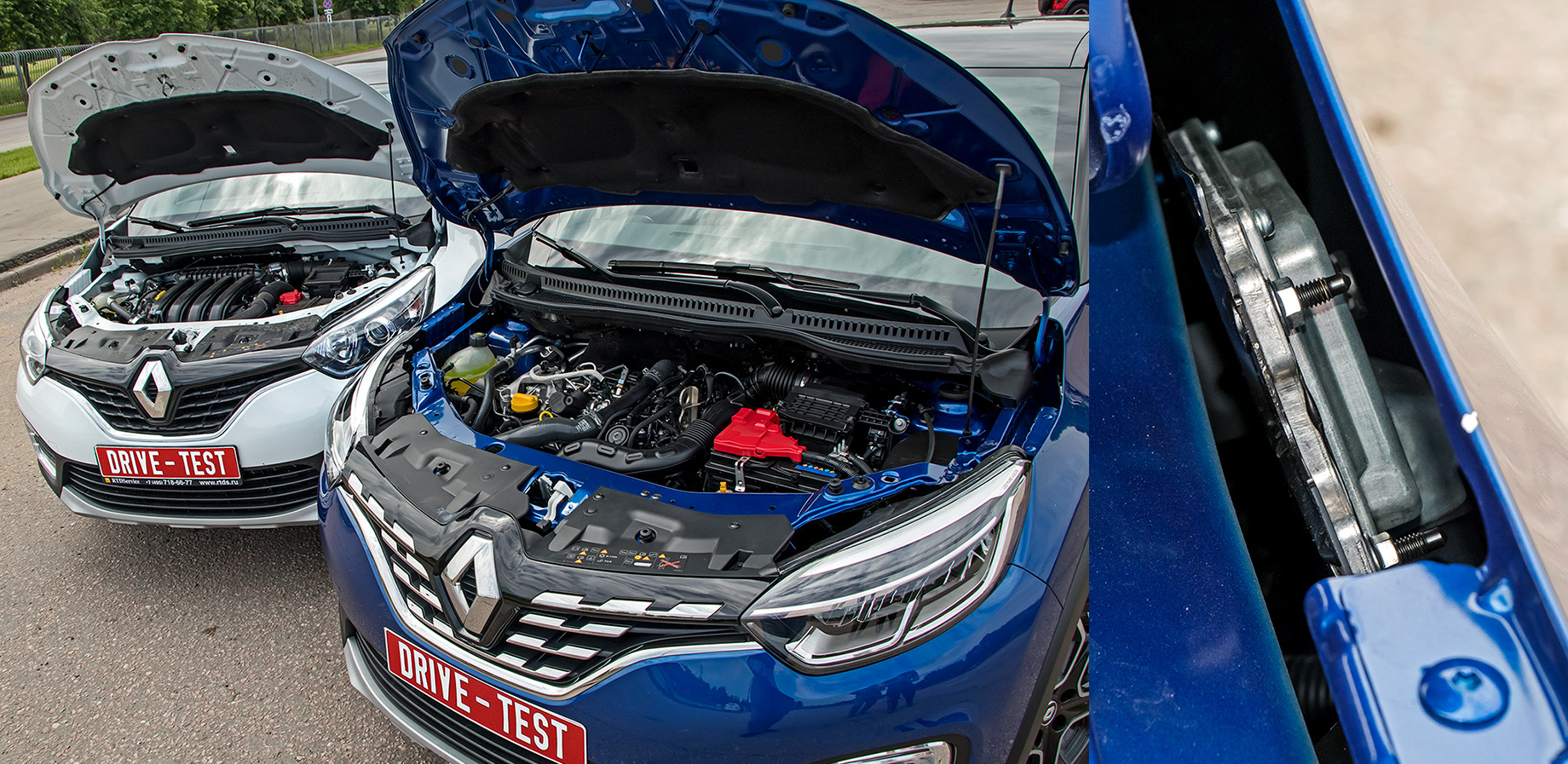
E o mais fácil é entender o aborrecimento de quem sonha com o Kaptur de dois litros com transmissão manual. As ações do revendedor durarão alguns meses, e isso é tudo. Não existe essa versão na gama atualizada, embora a Renault tenha tudo para sua implementação: tanto a caixa TL8 quanto uma relação de transmissão adequada.
Cerca de um quarto dos compradores escolheu 2.0 MT6 4×4. Parece que a Renault acredita que algumas pessoas compraram três pedais simplesmente por desespero, sem querer mexer com uma caixa automática antediluviana. Se eles estiverem satisfeitos com um variador adequadamente ajustado, a caixa de câmbio mecânica não retornará. A situação oposta também é possível. A lei do mercado é simples: exija e você será recompensado. Todo esse restyling está atendendo às solicitações dos clientes. Pessoalmente, não me importo de dirigir com um motor turbo e um “stick”, mas, por exemplo, não precisamos desse carro com câmera.
Não tenho dúvidas de que a atualização aquecerá o mercado secundário dos já caros Kapturs com caixas de câmbio automáticas, para deleite dos atuais proprietários. Mesmo que o carro superalimentado com variador se mostre confiável em primeira mão, será mais difícil repassá-lo devido ao preconceito. A Renault os combate com sucesso no caso do Arkana: são suas modificações de 150 cv que são compradas com mais frequência.
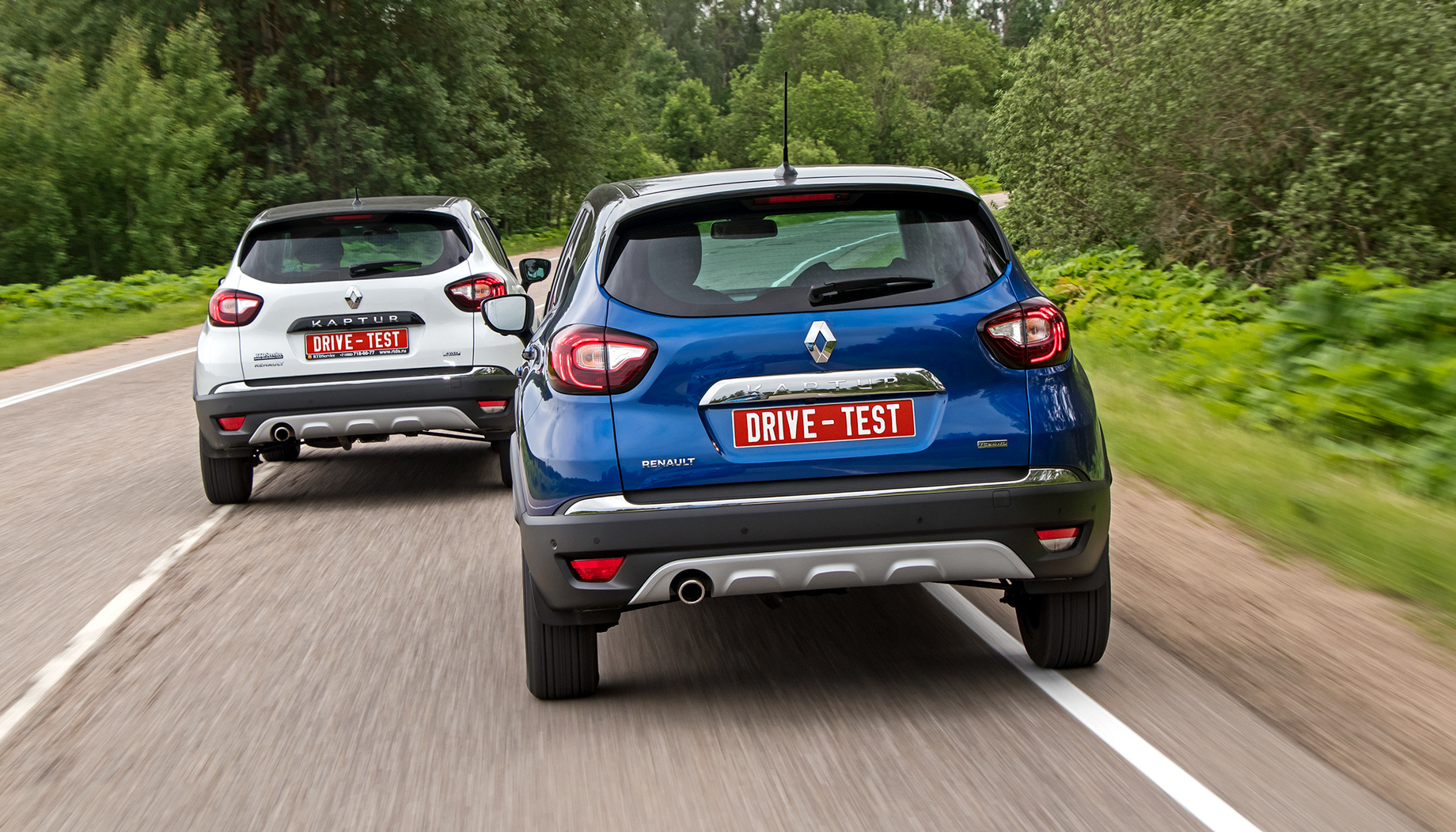
Mas o Kaptur é menos um brinquedo e, a julgar pelos comentários, o preço dos reparos após o período de garantia e a liquidez desempenham um grande papel nele. Nem todo mundo quer consertar o motor “Mercedes” e a estranha transmissão, que exige uma troca preventiva de óleo relativamente frequente. Portanto, eu não ficaria surpreso se a parcela de versões poderosas diminuísse em favor das modificações 1.6, onde as mudanças são apenas para melhor e a sobretaxa de reestilização é baixa.
Esta é uma tradução. Você pode ler o original aqui: https://www.drive.ru/test-drive/renault/5eef8db3ec05c4bb52000000.html

Publicado Novembro 24, 2022 • 5m de leitura

